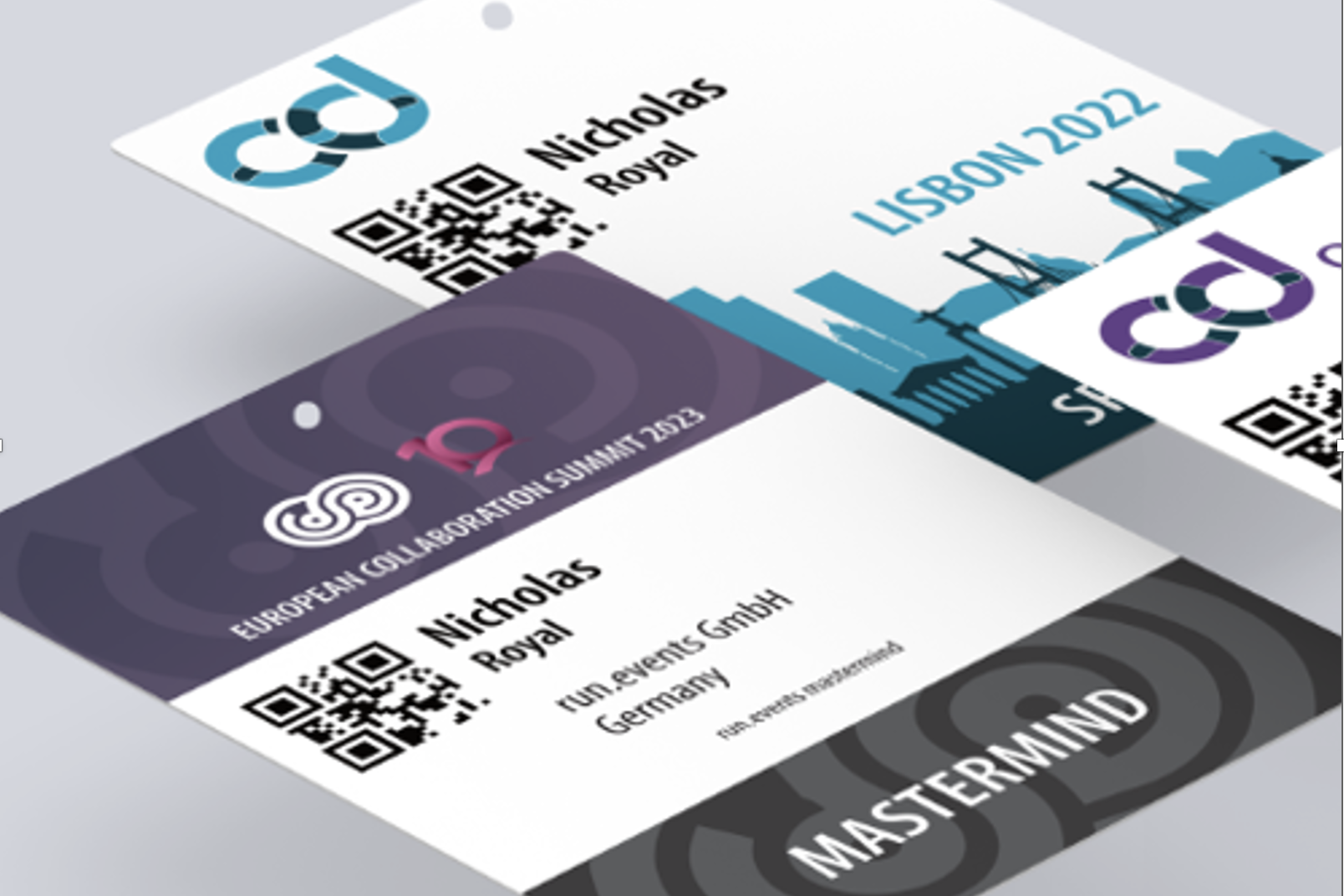
Discover run.events Features
-
Planning Phase
Centralize your agenda, speakers, sponsors, and teams.
-
Marketing Phase
Automate campaigns and outreach, and convert interest into registrations.
-
Registrations and Ticket Sales
Flexible ticketing, branded experiences, and secure, global-ready payments.
-
Delivery Phase
Deploy fast check-ins, live dashboards, and real-time attendee tracking.
-
Analyzing and Reporting Phase
Measure what truly matters, from revenue attribution to engagement.
Insights
Tailored solutions
-
Event Agencies and Professionals
Streamline workflows and impress your clients.
-
B2B Conference and Conventions
Seamless tools for registration, content, and networking.
-
Expos and Fairs
Manage exhibitors, floor plans, and leads easily.
-
Venues and Event Locations
Simplify operations for bookings and check-ins.
-
Corporate Events
Professional solutions for agendas, speakers, and ROI.
-
Professional Associations
Effortless membership and event management.
Business Insights
-
The True Cost of Event Management
Discover how run.events replaces multiple tools saving money.
-
Make the Case Internally. Convince Your Boss.
Use exemplary stories and solid arguments to get leadership on board.
-
Compare to Eventbrite
Event organization is more than just ticketing.
-
Compare to Whova
Streamline your experience and save up to 40%.
Professional Event Services
-
Event Tech Consulting Services
Expert advice on equipment, setup, and on-site support.
-
API & Integration
Your powerful event tech stack.
-
Check-In: Pre-Event Process Advisory and Design
Efficient, professional solutions for attendee check-in.
-
Check-In: On-Site Services
Flawless execution through high-performance technology
-
Ticketing Services
Simplify ticket sales and menagement for your event.
-
Attendee Tracking
Precision Intelligence for Event Flow Optimization.
Our resources
-
Self-Guided Video Experience
Our video series walks you through the entire event lifecycle.
-
Document Library
Explore our collection and elevate your event management.
-
Video / Webinar Library
Webinars, reports, case studies and more.
-
Community Portal and Knowledgebase
Your go-to hub for helpful resources.
-
Testimonials and Customer Stories
Real stories from our satisfied customers.
Become our valued partner
-
Technology & Services Partner
Empowering world-class service delivery through trusted global partnerships.
-
Event Agency Partner
Join the elite agencies enjoying profit margins above industry average..
-
Ambassador Program
Join our program for passionate event industry professionals.
-
Support for Community & Non-Profit Events
Empowering community with discounted platform access.


